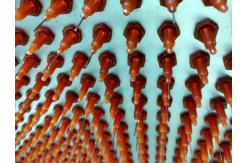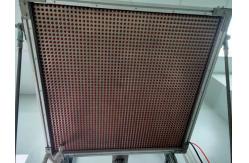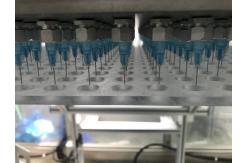ISO20653 Ingress Protection Test Equipment ISO 20653 IP Testing Equipment
|
Ingress Protection (IP) TestingPerformance Testing against Water and Dust IngressIngress Protection (IP) testing to IEC standard 60529, NEMA 250 testing, and UL 50E testing. Both UL testing and IP testing are typically performed on enclosures to determine the level of protection they provide against water, dust, ice, etc. Ingress Protection (IP) TestingIP testing rates and classifies the degree of protection the product provides against the intrusion of solid objects (i.e., body parts like hands and fingers), dust, accidental contact, and water in the electrical enclosure or casing. The numbers (characteristic numerals) indicate conformity with the conditions outlined in the tables below. If there is no protection rating with regard to one of the criteria, the digit is replaced with the letter X. IP measures how well a device is protected from both solid objects and liquids. For example, for IP57 and IP67, the first digit tells us how well the product is protected from solids. The second digit is about how resistant the product is to water. IP Rating Chart
IPX9K testing to ISO 20653 – Road vehicles – Degrees of protection (IP code) – Protection of electrical equipment against foreign objects, water and access Interested in UL testing services? Check out our UL Standards and UL Certification Process. |
||||
| Product Tags: ISO 20653 IP Testing Equipment Ingress Protection Test Equipment ISO 20653 Ingress Protection Testing |
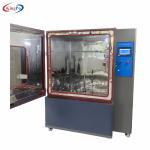
|
JIS D0203 Rain And Spray Tester For Automobile Parts , IP Testing Equipment For Automotive Parts |
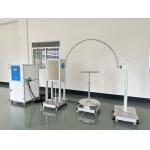
|
Oscillating Tube Dustproof Ip Testing Equipment -Ipx3 Ipx4 |
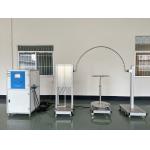
|
IEC 60529 IPX3/IPX4 Oscillating Tube With Rotation Table Control System And Water Tank |
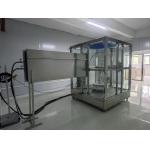
|
IEC60529 IP Testing Equipment Ingress Protection Chamber |
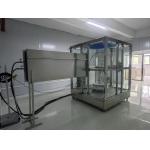
|
IEC 60529 IEC 60598-1 ISO 20653 Open Frame IPX9K-1000B Spray Tester |
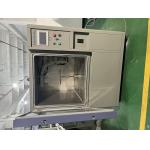
|
IPX9K Water Spray Test Chamber , 8Mpa-10Mpa IPX9K Test Equipment |

